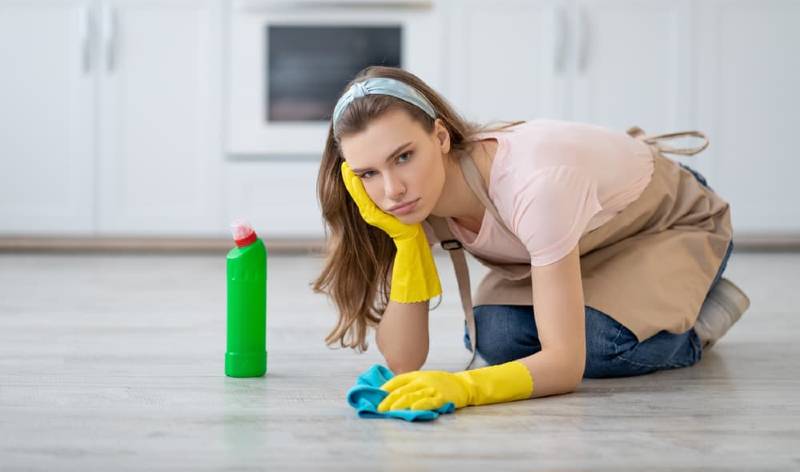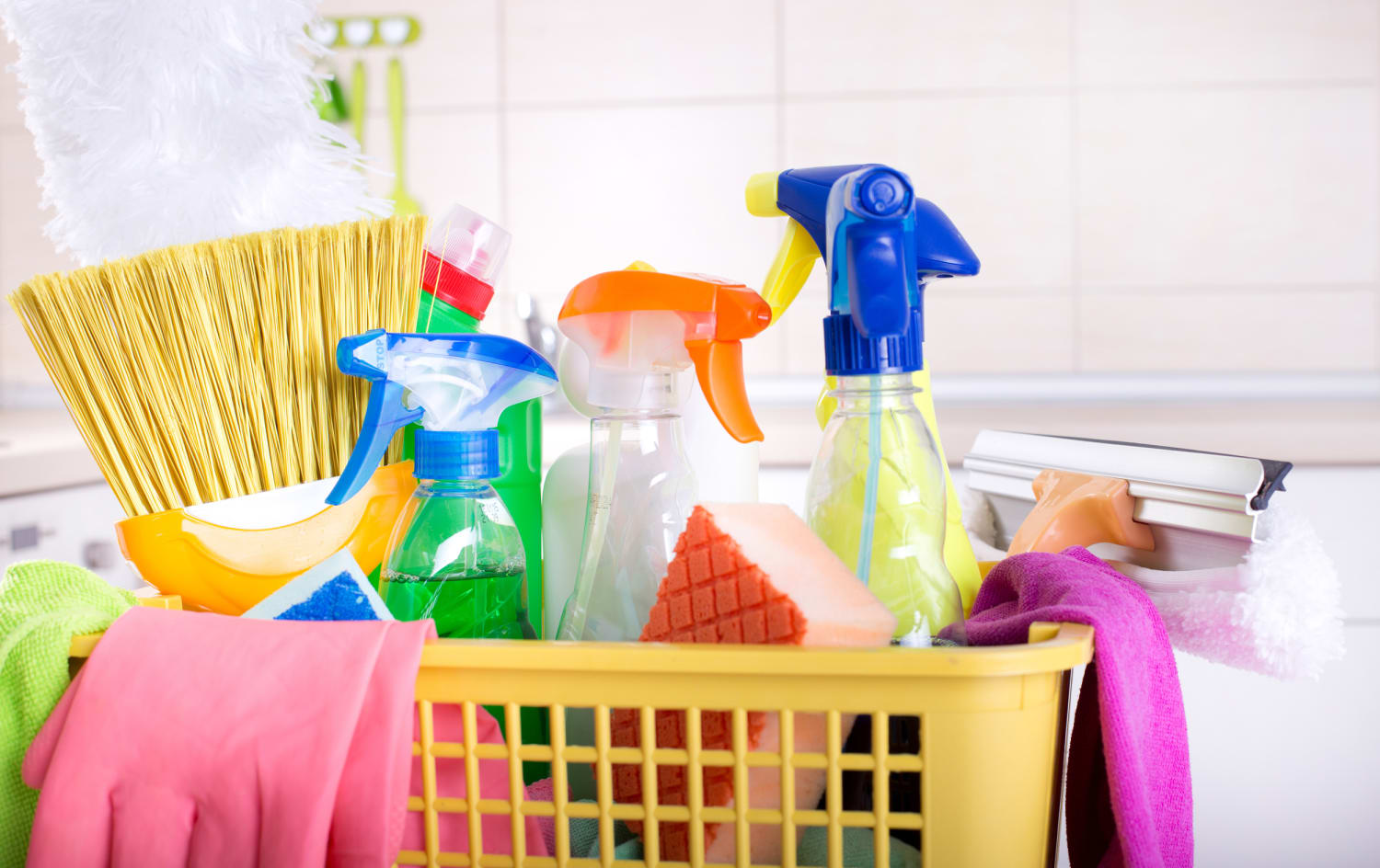Essential Tips for Everyday Cleaning: Exactly How to Defrosted and Cleaned Every Few Months for a Fresh Property
Essential Tips for Everyday Cleaning: Exactly How to Defrosted and Cleaned Every Few Months for a Fresh Property
Blog Article
Comprehending the Need for Extensively Sanitizing and Sanitizing Frequently Touched Surface Areas in High-Traffic Locations
In the realm of public health and wellness and safety and security, the thorough sanitation and sanitization of often touched surfaces in high-traffic locations stand as extremely important measures in protecting against the spread of damaging microorganisms. By exploring the different elements of surface area sanitation, from the threats connected with overlooking cleansing methods to the effective approaches that can be employed, a clearer understanding arises of the crucial role these practices play in safeguarding public wellness.
Significance of Surface Sanitation
Emphasizing the extensive sanitation of high-traffic surfaces is essential in preserving a sanitary environment and avoiding the spread of unsafe microorganisms. High-touch surface areas such as door takes care of, light buttons, lift buttons, and counter tops offer as breeding grounds for bacteria and infections. Routine sanitation of these surfaces is necessary to reduce the threat of contamination and transmission of diseases.
By applying a robust sanitation protocol, companies and establishments can produce a more secure environment for clients, workers, and visitors. Correct surface disinfection not only reduces the spread of contagious conditions but likewise instills self-confidence in the sanitation and security of the facilities. This aggressive approach demonstrates a commitment to wellness and health, which is particularly crucial in high-traffic areas where the likelihood of exposure to microorganisms is heightened.
In addition, surface sanitation plays a critical role in total infection control approaches. Integrated with hand health techniques, using masks, and keeping physical distancing, comprehensive disinfection of high-touch surface areas develops a thorough defense against the transmission of dangerous microorganisms. Focusing on surface disinfection is an essential component of an alternative technique to wellness and security in shared spaces.
Dangers of Disregarding Cleaning Practices
Overlooking complete disinfection of high-traffic surfaces dramatically heightens the danger of bacterial and viral contamination, positioning a serious danger to the health and wellness of individuals frequenting these spaces. Failure to execute proper cleaning practices can lead to the buildup and spread of unsafe virus, including viruses and bacteria, on frequently touched surface areas such as doorknobs, hand rails, lift buttons, and kitchen counters.

Furthermore, overlooking the value of detailed cleaning not only compromises the health of individuals but additionally weakens initiatives to preserve a clean and sanitary setting. It is vital to recognize the value of proper disinfection protocols in stopping the spread of infections and protecting public health.
Reliable Sanitation Methods
To keep optimum cleanliness and minimize the danger of contamination on high-traffic surface areas, using effective sanitation methods is crucial. One of the most typical and reliable disinfection approaches is making use of chemical disinfectants.
One more efficient approach is making use of UV-C light. UV-C light has actually been shown to be effective in eliminating a vast selection of microbes by interrupting their DNA structure, thus preventing them from duplicating. Nonetheless, it is necessary to use UV-C light effectively, making certain that the proper strength and direct exposure click to read time are put on attain the preferred sanitation outcomes.
Additionally, employing steam cleansing as a sanitation method can be extremely reliable, particularly on surface areas that are heat-resistant. Steam can penetrate permeable surfaces and eliminate germs, viruses, and why not try this out various other virus effectively. When making use of heavy steam cleansing, it is essential to make sure that the surface area gets to the needed temperature level for a sufficient quantity of time to ensure correct sanitation.
Effect On Public Wellness
The upkeep of high standards of tidiness and sanitation on high-traffic surfaces plays an important duty in protecting public wellness. Regularly touched surfaces in locations with high footfall, such as doorknobs, handrails, lift switches, and restroom facilities, offer as reproducing grounds for harmful pathogens.
Reliable hygiene methods not only safeguard people from dropping ill but likewise contribute to the general well-being of society. Public wellness authorities emphasize the significance of keeping clean settings to avoid episodes and include the spread of health problems. In high-traffic locations like airport terminals, colleges, hospitals, and mass transit systems, the impact of strenuous sanitation procedures can not be downplayed. Prioritizing the sanitization of often touched surfaces is a proactive approach to promoting public health and boosting the safety and security of people in common rooms.
Executing Normal Cleaning Procedures
Immediately instituting and adhering to a consistent routine of cleaning methods is paramount for keeping the cleanliness and safety and security of high-traffic surface areas. Regular cleaning procedures are crucial in preventing the buildup of bacteria and pathogens on often touched surface areas, particularly in locations with high foot traffic. By applying an organized approach to cleaning, organizations can successfully reduce the danger of disease transmission and create a much healthier atmosphere for staff members, clients, and the general public.
To establish an efficient cleansing schedule, it is vital to determine high-traffic locations that call for constant focus. These areas may consist of doorknobs, hand rails, lift buttons, washroom facilities, and common devices. Carrying out a regular cleaning routine that targets these surfaces multiple times a day can substantially reduce the spread of damaging bacteria and viruses.
Furthermore, using appropriate redirected here cleansing representatives and anti-bacterials is essential to making certain that surface areas are extensively sanitized. Regular training of cleaning up staff on proper cleansing methods and the relevance of adherence to the cleansing routine is also vital in maintaining a sanitary environment. By focusing on regular cleaning protocols, companies can advertise the wellness and well-being of people that communicate with these high-traffic surface areas.

Final Thought
In verdict, it is vital to focus on thorough sanitation and sanitization of frequently touched surface areas in high-traffic locations to avoid the spread of damaging pathogens and preserve public wellness. It is vital to recognize the value of preserving tidy surface areas in high-traffic locations to ensure the well-being of the neighborhood.
In the realm of public health and wellness and safety and security, the careful sanitation and sanitization of often touched surfaces in high-traffic areas stand as critical procedures in stopping the spread of dangerous pathogens. By checking out the different elements of surface area sanitation, from the threats associated with ignoring cleansing procedures to the effective approaches that can be utilized, a clearer understanding emerges of the important role these methods play in protecting public health and wellness.Additionally, using heavy steam cleaning as a disinfection method can be extremely effective, particularly on surfaces that are heat-resistant. When using vapor cleansing, it is crucial to guarantee that the surface area reaches the required temperature level for an adequate amount of time to guarantee correct sanitation.
In verdict, it is critical to focus on extensive disinfection and sanitization of frequently touched surface areas in high-traffic locations to stop the spread of damaging microorganisms and maintain public health and wellness.
Report this page